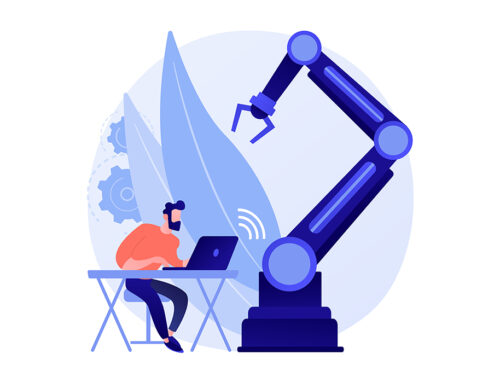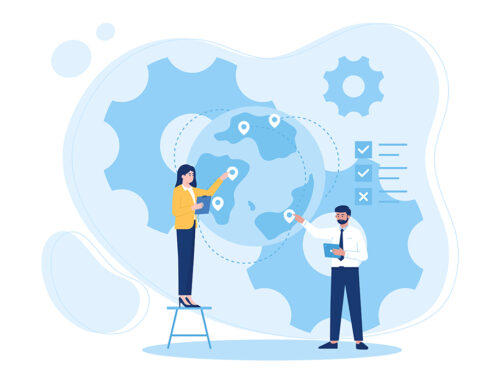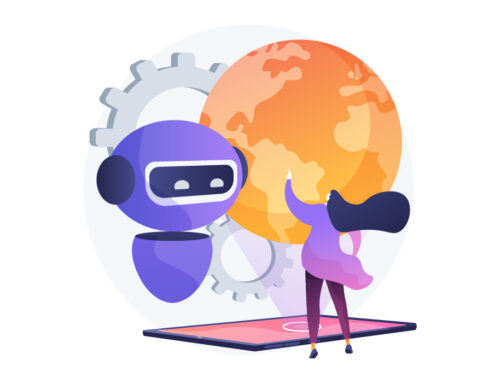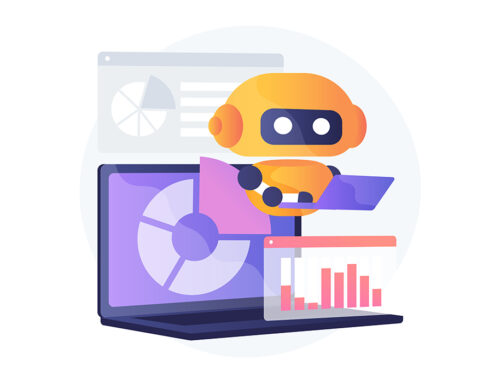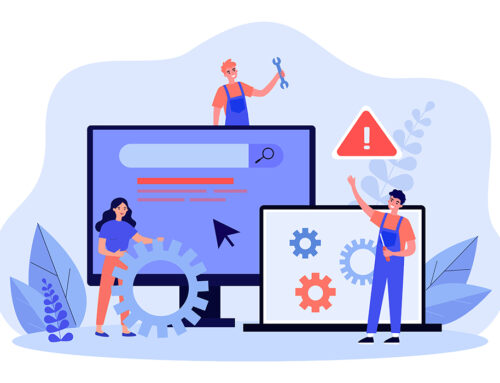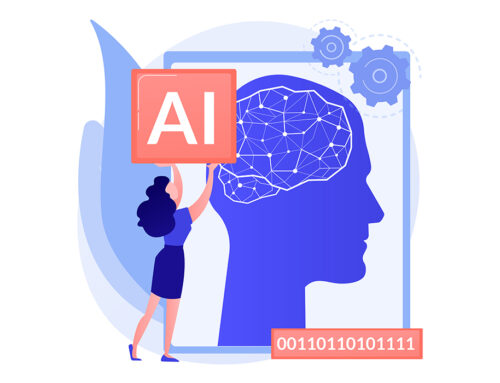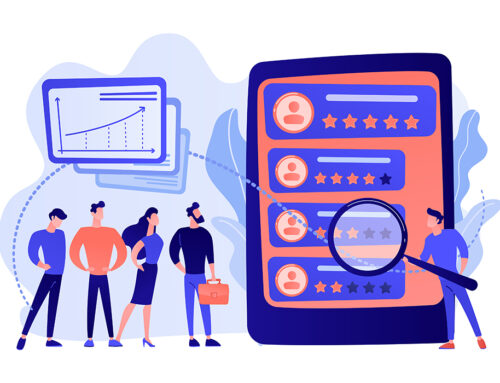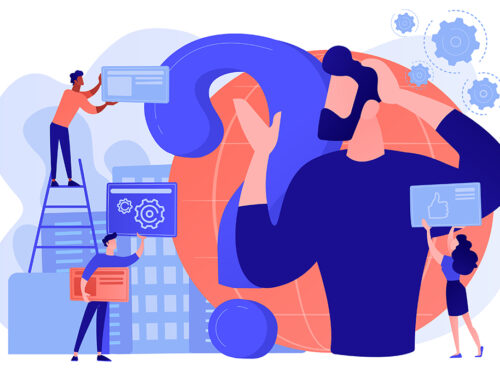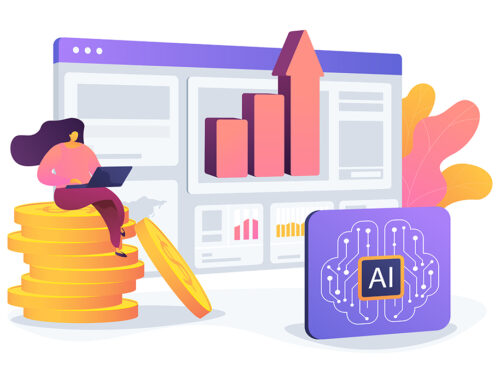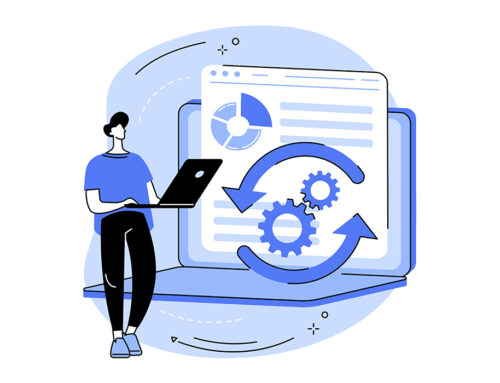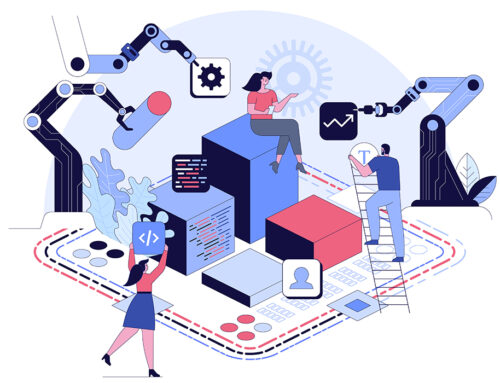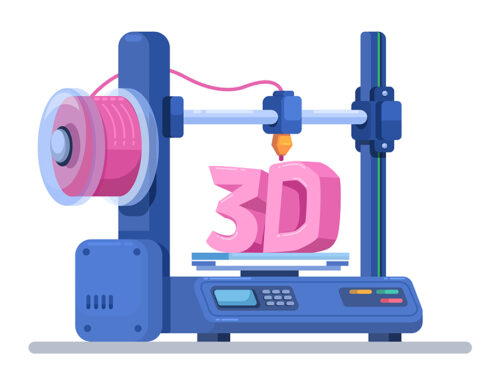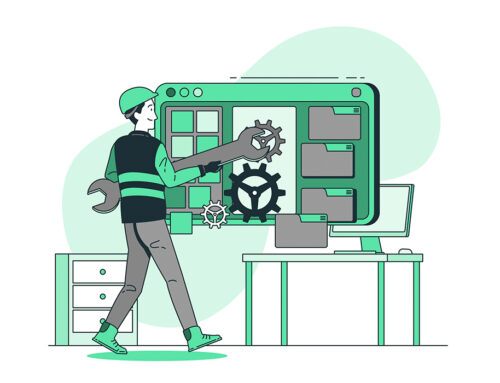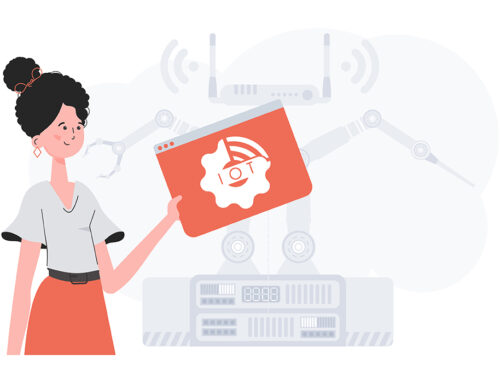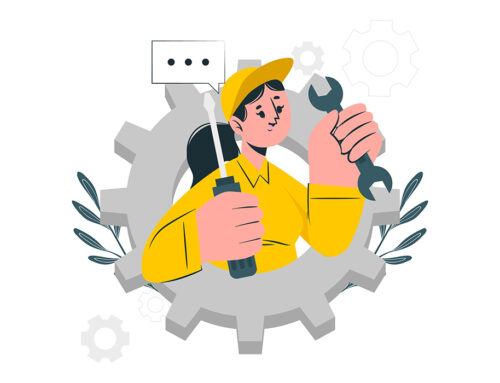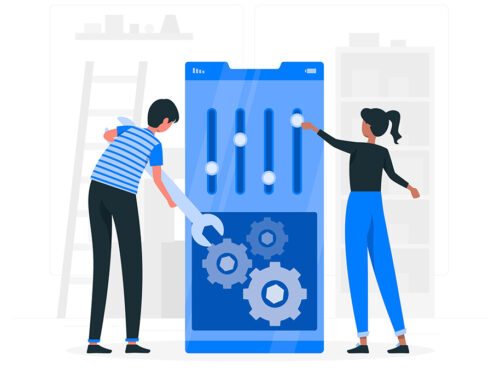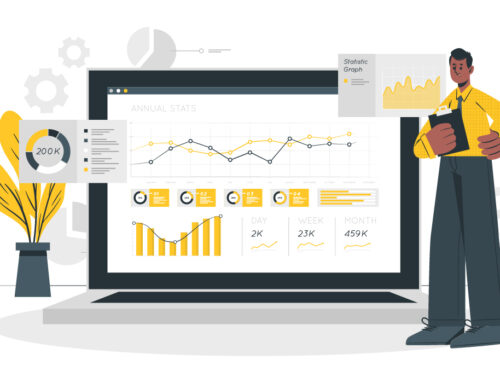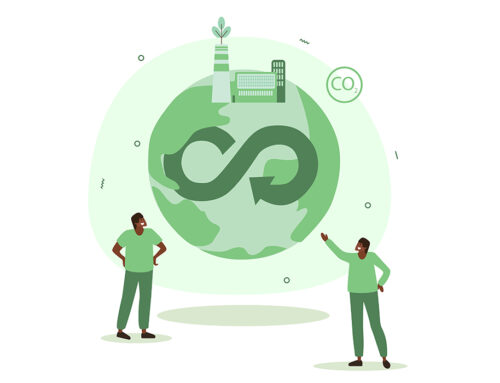Every modern organization is swimming in customer data. Purchases, service inquiries, website clicks, marketing responses, social media activity—every interaction leaves a digital footprint. In theory, this abundance should make it easier than ever to understand and serve customers. In practice, however, the flood of information often creates complexity rather than clarity.
Author Radiana Pit | Copperberg
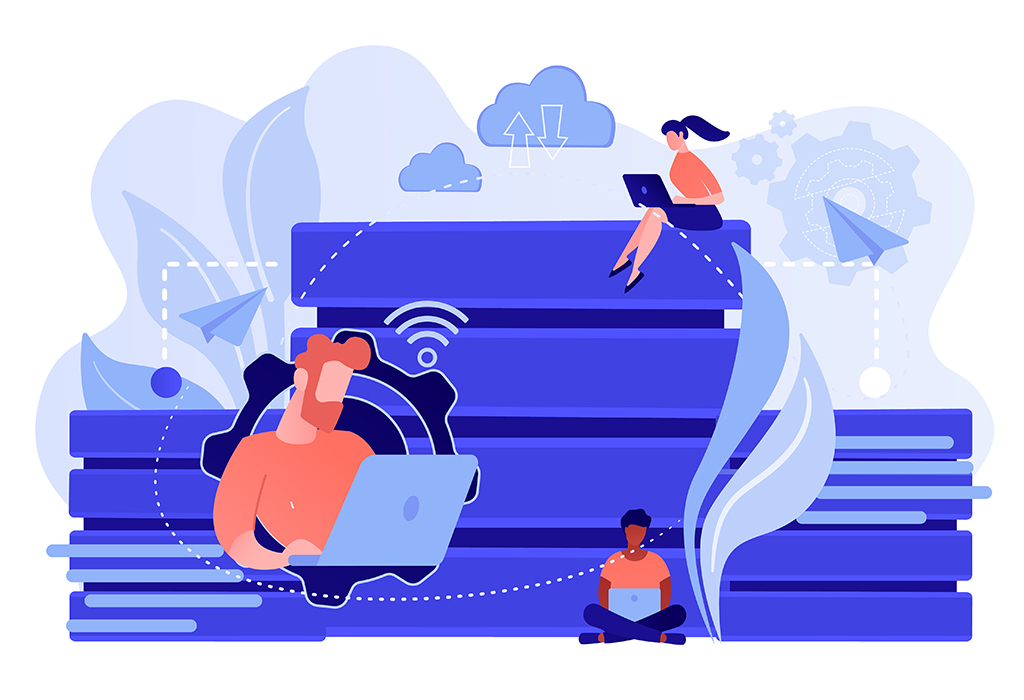
Photo: Freepik
Instead of empowering teams, data often overwhelms them. Dashboards multiply, reports pile up, and analytics platforms churn out metrics that don’t always translate into practical guidance. Teams hesitate instead of acting, opportunities slip away, and customers continue to encounter delays or inconsistent experiences, despite the data-rich environment.
Collecting customer data is not the challenge nowadays. The challenge is converting all that data into intelligence that drives action in real time, where decisions must be made and relationships are either won or lost.
More data does not mean more insight
Traditional CRM systems were built as systems of record. They excelled at storing interactions and transactions, but they were not designed to transform that raw data into relevant contextual knowledge for the teams in the organization.
Over the years, organizations tried to bridge this gap by layering analytics tools on top. That only added more dashboards, KPIs, and charts. It may be useful in hindsight, but not always helpful in real time. A service agent facing a dissatisfied customer does not have time to sift through visualizations. A sales rep mid-conversation does not want to flip through three different reports.
In real time interactions, this delay defeats the very purpose of having data at all. Tomorrow’s AI-Powered CRM shows that data alone is not enough to build better experiences. Success is no longer measured by how much data an organization owns, but by how quickly and intelligently it can act on that data.
From reporting to real-time guidance
To effectively implement AI in CRM, a rethinking of the entire data flow is required. Traditional reporting tells teams what occurred. And intelligent systems tell them what to do next. By embedding AI directly within workflows, organizations can replace static dashboards with dynamic guidance that evolves in real time to help everyone on the team make informed and confident decisions.
Delivering that kind of intelligence requires several key capabilities.
- Context-aware intelligence: Not every customer moment is the same, and AI must recognize that. The same customer may expect empathy in one moment and efficiency in another. AI can detect the difference and guide teams appropriately. The context ensures that recommendations are not only accurate but also actionable within the flow of work.
- Next best action recommendations: Rather than overwhelming teams with raw data, AI can suggest tailored responses or actions informed by customer history, preferences, and live signals. An intelligent CRM transforms insight into initiative. It prioritizes what matters and helps teams move from data to decision in a single step.
- Embedded insights: Guidance should integrate seamlessly into the tools teams use every day. When insight is built into the workflow itself, decisions happen faster and with less effort. The less time teams spend switching systems, the more time they can spend engaging customers.
- Automation where it counts: Routine actions, like sending shipment updates, triggering product checks, or notifying customers of delays, can be automated. This frees teams to focus on soft skills, problem-solving, and high-value engagement.
When intelligence becomes part of the workflow, CRM becomes more than a system of record. It becomes a system of action, where insight turns from something observed into something applied that helps people respond faster and with greater confidence.
What happens when insight turns into action
When insights turn into action, results appear quickly and ripple across the enterprise, enhancing:
- Service: Instead of just seeing a ticket, a support agent handling a delayed shipment can be alerted that the customer has high lifetime value and is given a personalized resolution strategy. The conversation shifts from transactional to trust-building.
- Sales: A rep can receive a notification when a long-term customer begins exploring competitors, along with AI-generated recommendations for re-engagement. Instead of reacting months later, they act while the relationship is still salvageable.
- Marketing: Campaigns can adapt in real time based on fulfillment capacity or service trends. If supply chain constraints emerge, offers are automatically adjusted, ensuring that customers are not promised what the business cannot deliver.
- Operations: Repeated product issues flagged in service data surface as design improvements, helping operations address problems before they become widespread. The organization prevents dissatisfaction rather than scrambling to repair it.
- Leadership: Executives gain a pulse on customer sentiment and operational performance, allowing strategy to adjust dynamically rather than quarterly. Insights become a strategic asset rather than a static report.
These scenarios reflect how enterprises are already moving from passive analytics to intelligent orchestration. And when that happens, the customer journey improves significantly. Every team member becomes part of a connected, insight-driven ecosystem where data is not only information, but action.
Making data work smarter
As enterprises adopt AI-powered CRM, human judgment is expected to evolve. Teams will get sharper context, faster clarity, and greater confidence. AI connects vast and often fragmented data into a single, coherent stream of insight that moves at the pace of the customer.
AI makes data work by making it usable. Instead of forcing teams to interpret spreadsheets or dashboards, it translates patterns into direction and foresight. It can anticipate emerging needs, highlight risks, and guide people toward actions that build stronger customer relationships.
When insight flows freely across departments, silos dissolve. Service teams learn from sales interactions; marketing adapts to operational realities; leadership responds to customer sentiments in real time. AI aligns every part of the organization around the customer experience. And because it continuously learns, the system grows smarter with every interaction.
As such, AI changes the quality of work. People spend less time searching for answers and more time creating value. And customers feel seen, heard, and understood at every touchpoint. The intelligent enterprise thus enhances the human ability to connect, decide, and deliver. Because data is only as valuable as the actions it enables.
About Copperberg AB
Founded in 2009, Copperberg AB is a European leader in industrial thought leadership, creating platforms where manufacturers and service leaders share best practices, insights, and strategies for transformation. With a strong focus on servitization, customer value, sustainability, and business innovation across mainly aftermarket, field service, spare parts, pricing, and B2B e-commerce, Copperberg delivers research, executive events, and digital content that inspire action and measurable business impact.
Copperberg engages a community reach of 50,000+ executives across the European service, aftermarket, and manufacturing ecosystem — making it the most influential industrial leadership network in the region.

